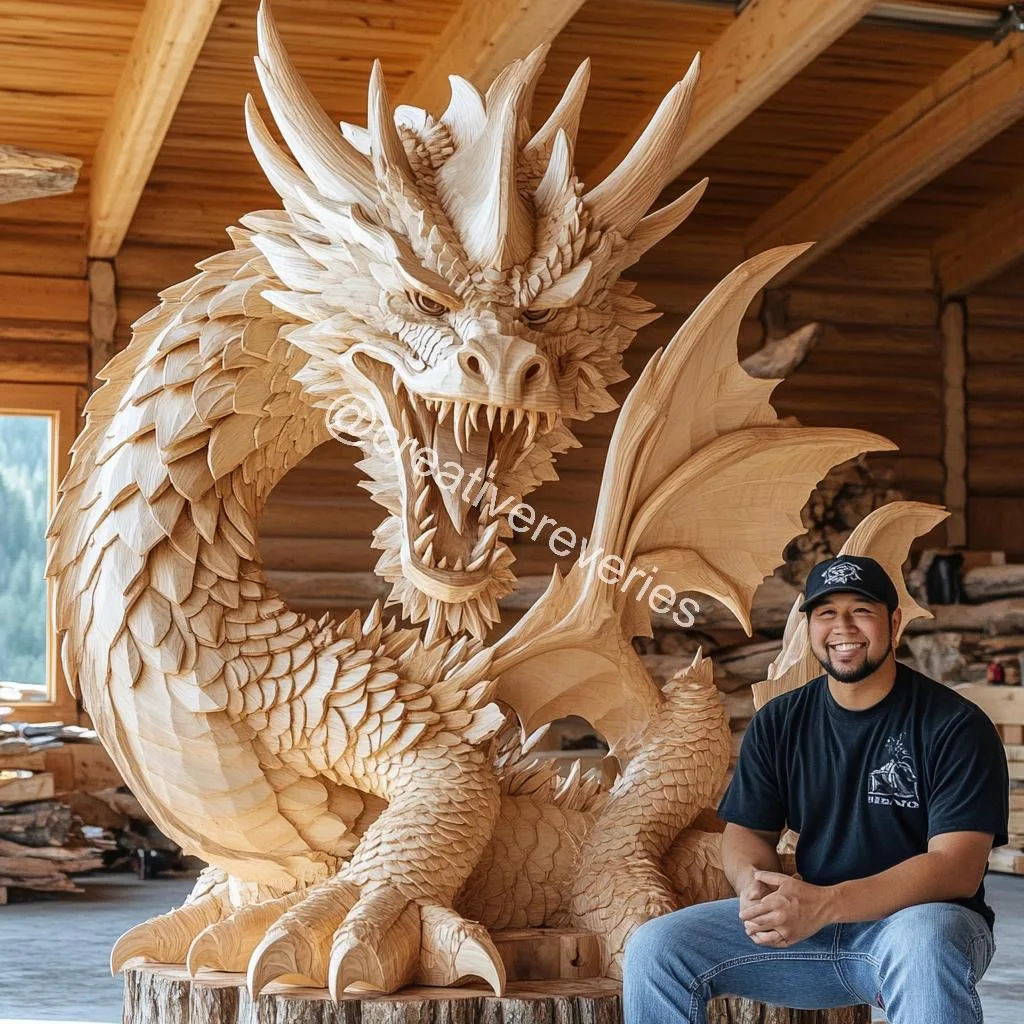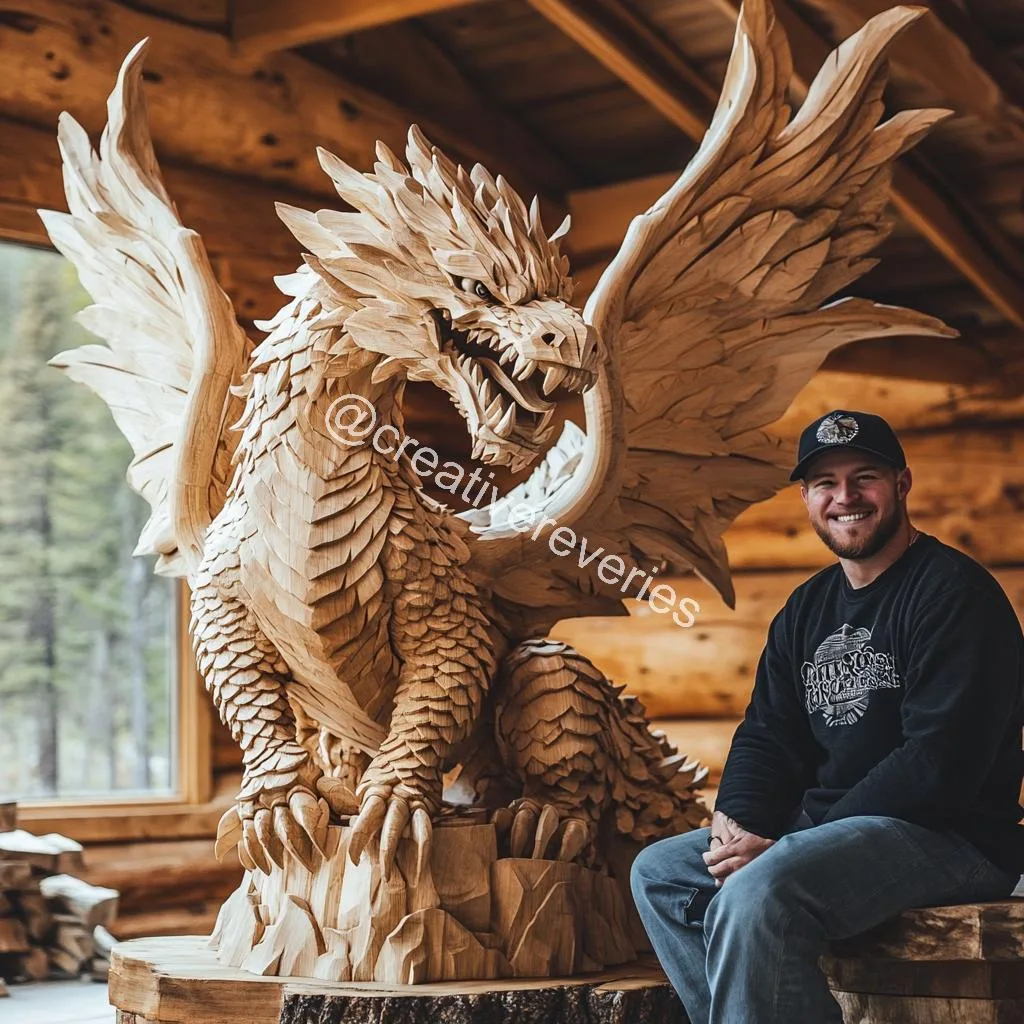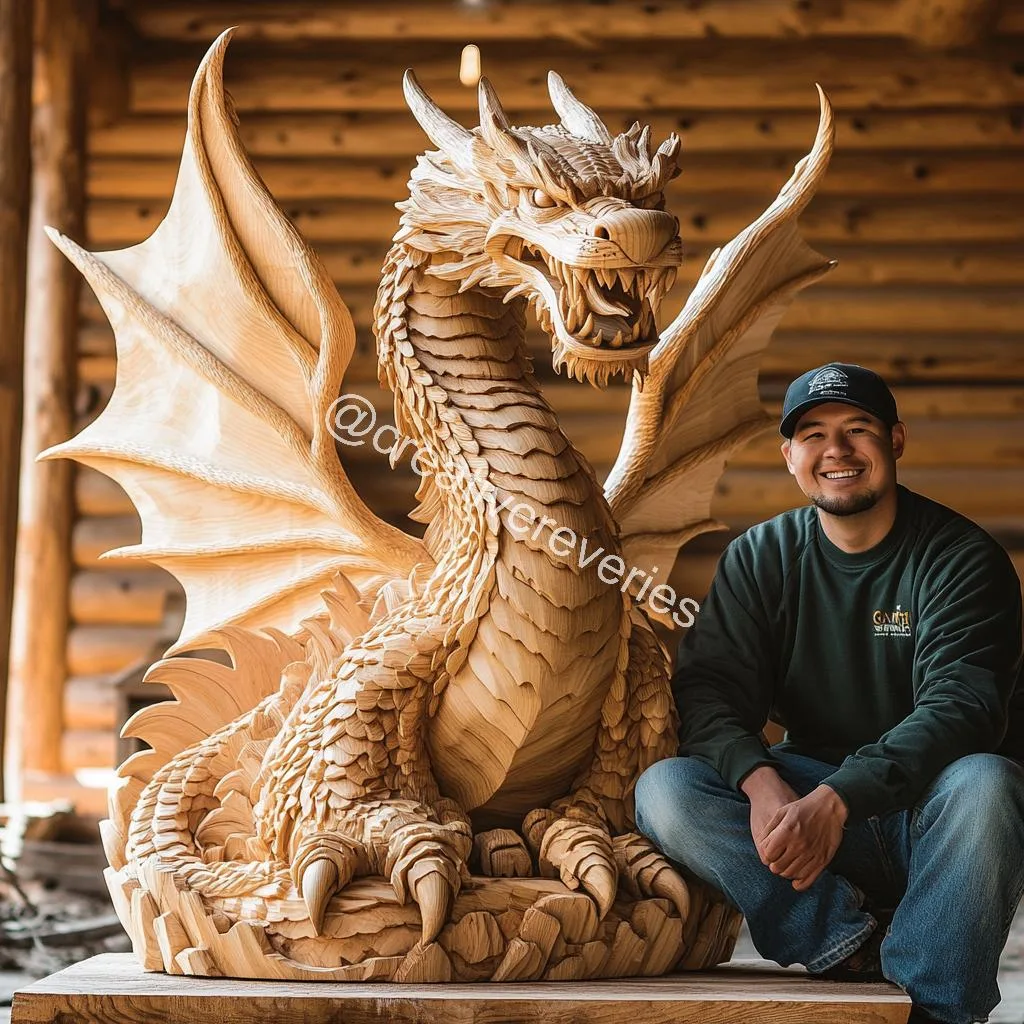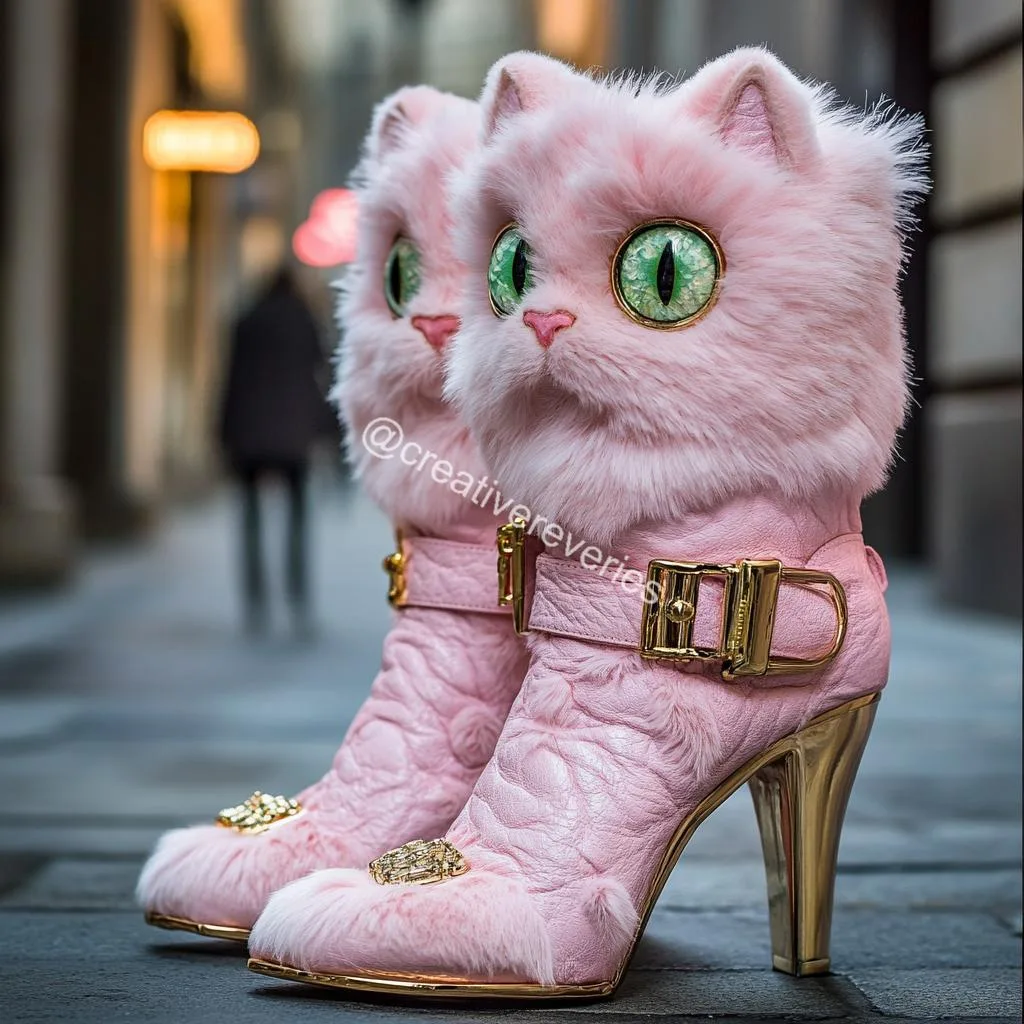The Fiery Fusion of Art and Legend
Few artistic endeavors can rival the sheer drama and awe-inspiring presence of a mind-blowing dragon wood carving. Dragons, ancient symbols of power, wisdom, and mystery, have captivated human imagination for centuries. When channeled through the medium of wood—organic, rugged, and steeped in tradition—the result is an extraordinary tribute to both nature and mythology. These awe-striking creations are more than decor; they are statements of belief, folklore, and raw creative energy. From the twisted roots of ancient trees to majestic mantels and towering totems, dragon wood carvings reveal the spirit of the artist and the fire of the beast they depict.
This article delves into the captivating world of dragon wood carving: exploring its historical significance, artistic process, cultural symbolism, and the modern resurgence of this timeless craft.

Origins of Dragon Imagery in Woodworking
Ancient Roots in Global Mythology
Dragons appear in the mythologies of nearly every culture—Chinese, Norse, Celtic, Japanese, Mesoamerican—and each tradition brings unique interpretations. In Eastern cultures, dragons are benevolent guardians of water and prosperity. In the West, they are often fierce, fire-breathing creatures of chaos and strength.
Woodcarvers across civilizations have etched, carved, and shaped dragons into everything from doorways to ceremonial poles. The Norse often carved serpentine dragons onto Viking longships as protective spirits. In Chinese palaces and temples, intricate wood panels would bear dragon motifs as signs of imperial power.
Wood as a Sacred Medium
Wood’s organic nature makes it a spiritual counterpart to the dragon’s mystical symbolism. Trees symbolize life, endurance, and connection to the divine—qualities mirrored in the mythic dragon. Carving a dragon from wood thus becomes a symbolic act of channeling nature’s vitality into mythical form.
The Art of Dragon Carving
Materials and Selection
The type of wood chosen greatly influences the final piece:
- Oak: Known for strength and fine grain, ideal for detailed work
- Mahogany: Rich color and workability make it a favorite for lifelike scales
- Redwood or Cedar: Natural fragrance and bold grain patterns enhance the mystique
- Teak: Durable and weather-resistant, perfect for outdoor dragon sculptures
Tools of the Trade
Traditional dragon wood carvers use a variety of chisels, gouges, mallets, and knives—each tool offering a unique depth, texture, or line. Modern artisans may incorporate power tools for efficiency, but the best pieces always retain the hand-carved essence.
Design and Process
Creating a dragon carving starts with conceptual sketches and storyboarding. Many artists study reptilian anatomy, medieval dragon illustrations, and Chinese calligraphy strokes to inform scale placement, muscle flow, and postures.
The process often includes:
- Blocking out the shape with a rough saw
- Carving major features—head, wings, claws
- Detailing the scales, eyes, and flame breath
- Sanding and refining
- Staining, oiling, or painting to preserve and highlight the grain

Styles and Interpretations
Eastern Dragons
Slender, serpentine, and wise, Eastern-style dragons coil elegantly, often with expressive whiskers and flowing manes. These are popular in feng shui decor, garden sculptures, and temple reproductions.
Western Dragons
Bulkier and aggressive, these dragons often have bat-like wings, massive talons, and snarling jaws. They represent strength, conquest, and primal force—ideal for statement wall hangings or fireplace mantels.
Fantasy-Inspired Variants
Influenced by games, movies, and books, fantasy dragons may feature crystal horns, cybernetic armor, or multi-headed designs. These appeal to modern collectors and fans of high-fantasy art.
Abstract and Stylized Works
Some artists strip down the dragon to flowing curves, shadows, and negative space, creating minimalist carvings that evoke dragon essence without literal representation. These are often mounted as modern art.
Cultural Significance and Modern Appeal
A Symbol of Balance
In many cultures, dragons symbolize the balance between destruction and protection. A wood-carved dragon embodies this tension—flame and forest, predator and protector—making it deeply symbolic in interior design or spiritual settings.
Collectibles and Heirlooms
Because of the skill and time required, high-quality dragon wood carvings are often commissioned pieces or handed down as family treasures. Their rarity and artistic merit increase their value over time.
Integration into Modern Spaces
From custom staircase banisters shaped like dragon spines to door frames with dragon heads guarding the threshold, these carvings can be integrated into modern homes, offices, and themed restaurants to deliver an unforgettable impact.

Notable Artists and Installations
Some notable artists have made dragon wood carving their specialty:
- Masaru Takahashi (Japan): Known for flowing Eastern dragon columns
- David Esterly (USA): Merged classical European techniques with fantastical creatures
- Chen Wenling (China): Combines traditional motifs with surreal scale
Public installations include temple gates in Kyoto, Viking ship replicas in Norway, and fantasy-themed amusement parks worldwide.
The Living Legacy of Wooden Dragons
A mind-blowing dragon wood carving is more than sculpture—it’s a living intersection of legend, craftsmanship, and nature. Whether wrapped around a column, perched atop a mantel, or guarding a garden path, these carvings breathe life into ancient lore.
In a world dominated by mass production and digital visuals, the tactile, spiritual power of a carved wooden dragon serves as a reminder of our roots, myths, and enduring fascination with the extraordinary. It is an art form that not only honors tradition but elevates it—proving that when imagination meets skilled hands, even wood can roar with fire.








